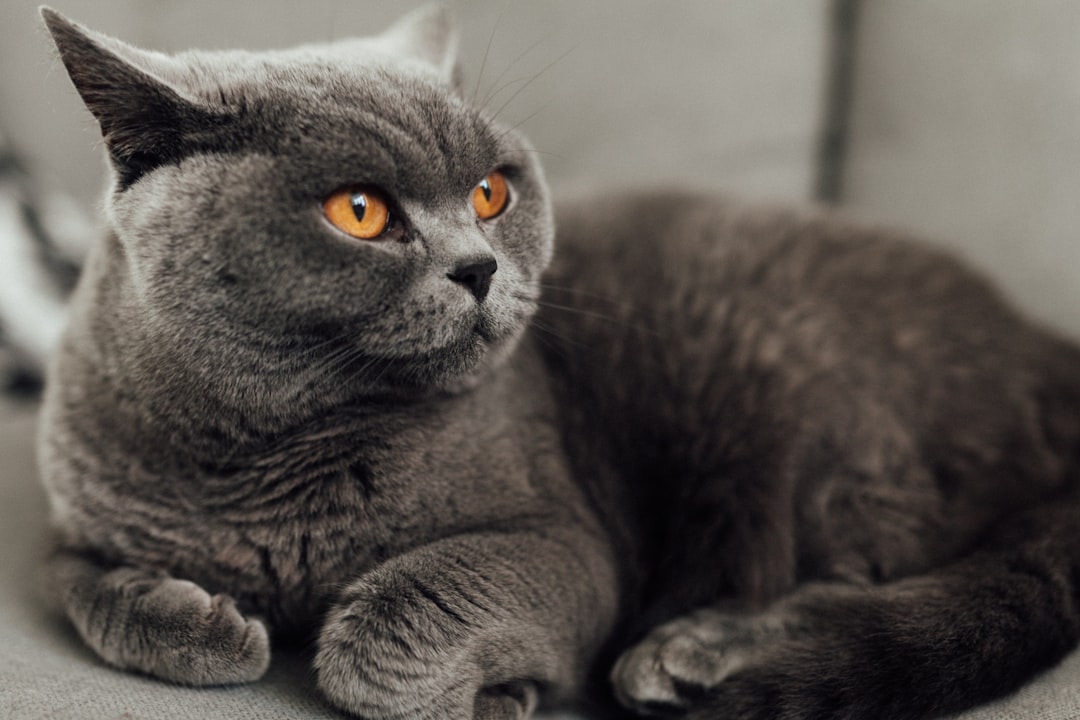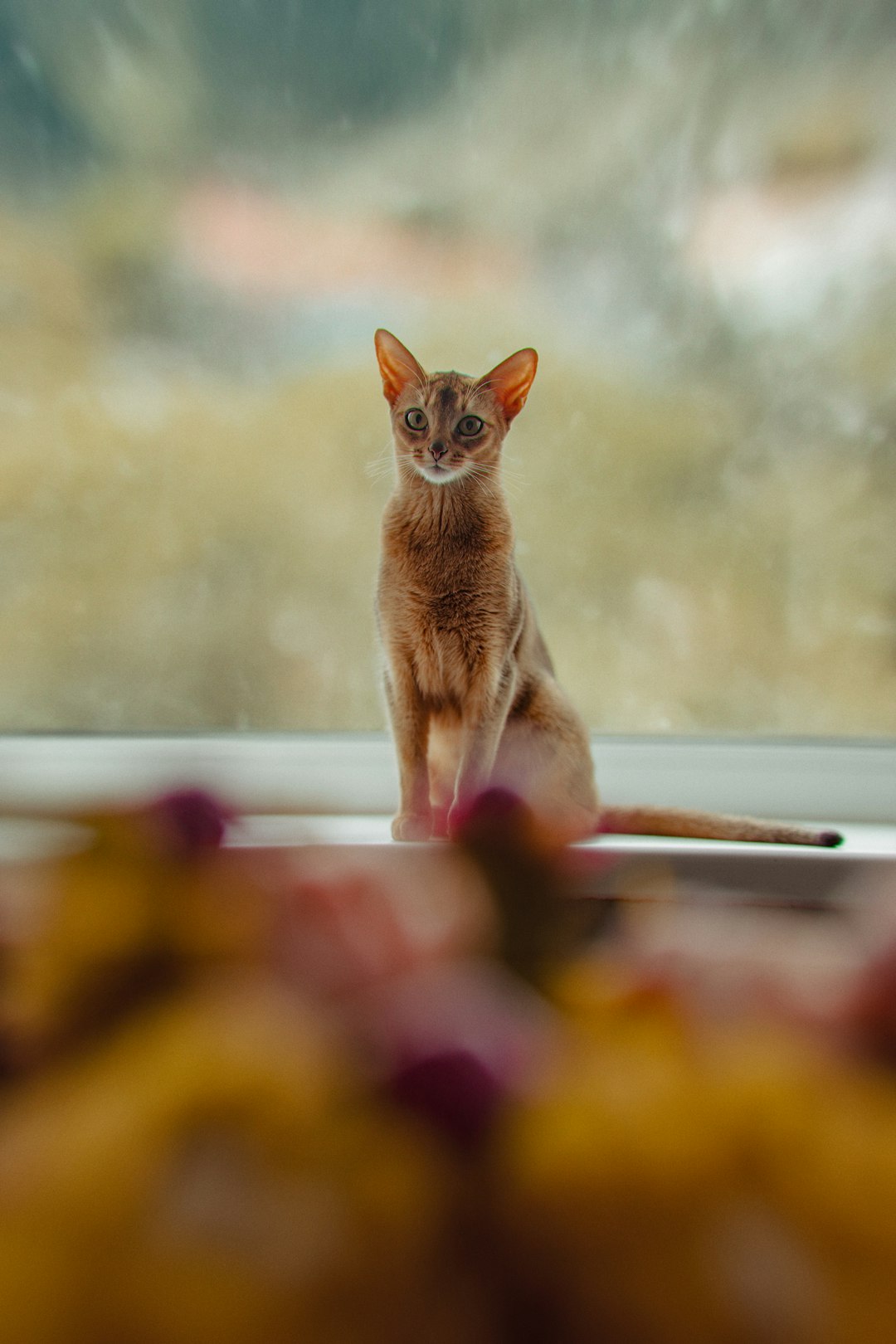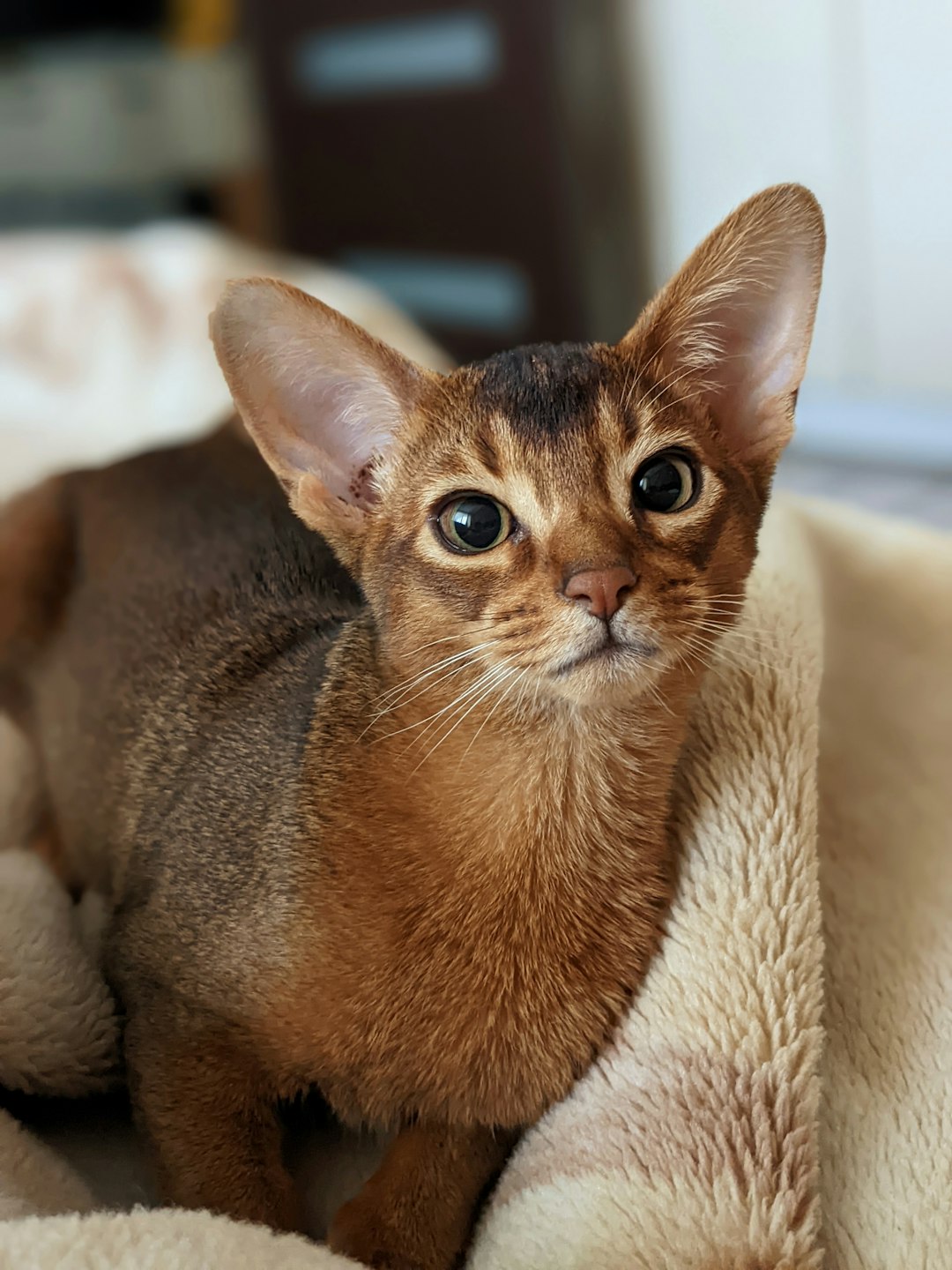With its plush coat and charming demeanor, the British Longhair Cat captivates feline enthusiasts worldwide. Originating from Britain, this breed not only displays striking beauty but also possesses a gentle and affectionate personality. Known for its playful yet calm nature, the British Longhair Cat makes for a wonderful companion in any household. As we delve into the history, traits, and care requirements of this delightful breed, you will discover why it encompasses the perfect blend of elegance and warmth that many cat lovers adore.
Origin and History of the British Longhair Cat
The British Longhair Cat possesses a captivating history, rooted in the rich tapestry of British cat breeds. This feline’s ancestry can be traced back to the Roman conquest of Britain in 43 AD, where they likely descended from longhaired cats brought by Roman soldiers.
Interestingly, the British Longhair emerged as a distinct breed during the late 20th century. Here’s a brief timeline of their development:
- Ancient Roots: Cats resembling the modern British Longhair existed throughout ancient Britain, known for their stature and tranquil demeanor.
- Recognition: In the 1980s, breeders began to focus specifically on selecting longer-haired variations of the British Shorthair, leading to the establishment of the British Longhair as a recognized breed.
- Associations: The breed gained popularity, and various cat associations recognized the British Longhair, helping to solidify its place as a beloved companion.
Over the years, the British Longhair Cat has captivated many with its stunning looks and affectionate temperament. Its rich legacy continues to attract cat lovers, confirming its status as a cherished member of the feline family.
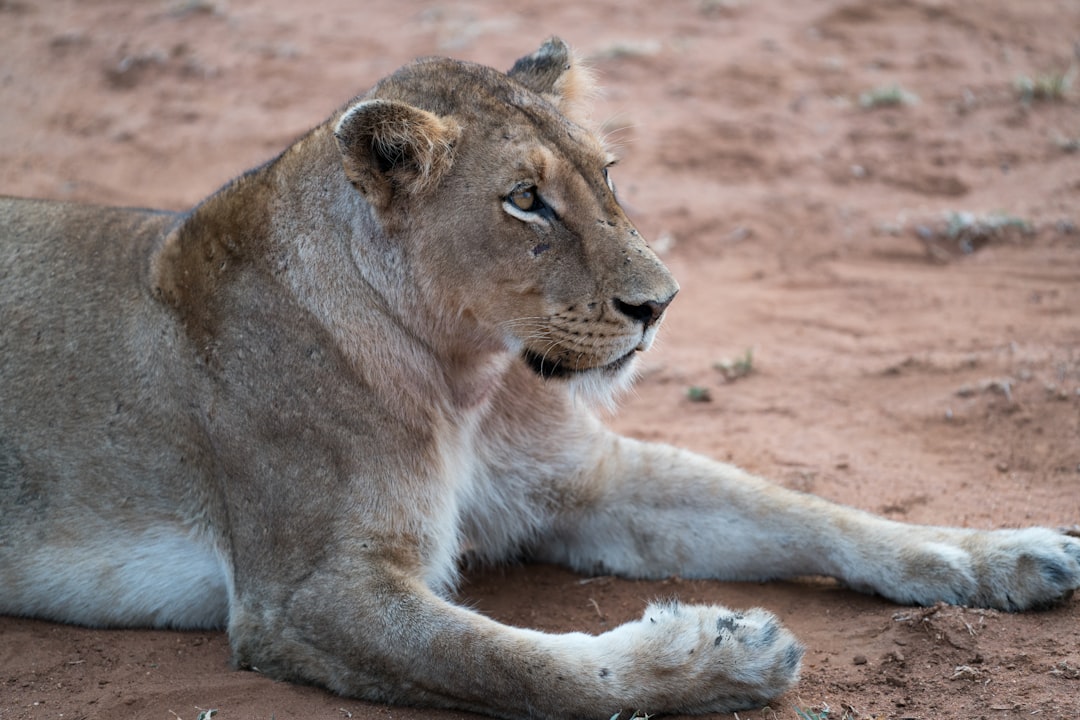
Physical Characteristics and Appearance
The British Longhair Cat is a striking breed, known for its plush coat and substantial build. Here are some of its notable physical characteristics:
Coat: The British Longhair features a dense, semi-longhaired coat that requires regular grooming to maintain its luxurious texture. The fur is soft and may come in various colors and patterns, including tabby, bi-color, and solids.
Body Structure: This breed exhibits a sturdy, muscular frame with broad shoulders and a deep chest. Females typically weigh between 8 to 12 pounds, while males can range from 12 to 18 pounds.
Head and Face: The face is round with full cheeks, a short nose, and large, expressive eyes. Eye color can vary, contributing to its captivating appearance.
Ears: The ears are medium-sized, rounded at the tips, and set wide apart, enhancing the cat’s charming facial expression.
Tail: The tail is bushy and of medium length, tapering at the tip, which adds to the breed’s overall elegance.
With their distinct look and striking features, the British Longhair Cat stands out as a beautiful companion, making them a popular choice among cat enthusiasts.
Temperament and Personality Traits
The British Longhair Cat boasts a wonderful blend of temperament and personality traits that make it a truly delightful companion. Here are some key characteristics:
Affectionate: These cats thrive on human interaction and enjoy spending time with their owners. They often seek affection and may follow you around the house.
Gentle: With their calm and laid-back demeanor, British Longhair Cats are well-suited for families and older children. They exhibit a gentle nature that earns them a special place in the hearts of many.
Intelligent: British Longhairs possess a keen intelligence, making them quick learners. Engaging them in play and providing stimulating toys can enhance their mental agility.
Independent: While they love attention, they also appreciate their alone time. This balance allows them to manage themselves well, making them low-maintenance companions.
Sociable but Not Demanding: British Longhair Cats enjoy social gatherings but do not require constant attention, making them ideal for various lifestyles.
Overall, the British Longhair Cat’s warm personality combined with its gentle nature makes it a beloved companion in any household.
Grooming and Care Requirements
Caring for a British Longhair Cat entails regular grooming to maintain their luxurious coat. With proper attention, you can keep your feline friend healthy and comfortable. Here are essential grooming and care tips:
Daily Brushing: Their thick, plush fur requires daily brushing to prevent matting and reduce shedding. Use a slicker brush to effectively remove loose hairs.
Bathing: While British Longhair Cats don’t need frequent baths, a gentle wash every few months helps keep their coat clean.
Nail Trimming: Trim their nails every 3-4 weeks to prevent overgrowth and potential injuries.
Dental Care: Regular tooth brushing, ideally twice a week, promotes dental health and reduces plaque buildup.
Ear and Eye Care: Check their ears weekly for wax buildup and clean with a cotton ball if necessary. Wipe their eyes gently to remove any discharge.
| Care Task | Frequency |
|---|---|
| Brushing | Daily |
| Bathing | Every 2-3 months |
| Nail Trim | Every 3-4 weeks |
| Dental Care | Twice a week |
By following these grooming practices, you ensure that your British Longhair Cat remains not only beautiful but also healthy and happy.

Health Considerations for British Longhair Cats
Ensuring the health of your British Longhair Cat involves regular check-ups and a keen awareness of potential health issues. Here are some crucial considerations:
Genetic predispositions: While generally healthy, British Longhair Cats may be prone to certain conditions, including:
- Hypertrophic cardiomyopathy (HCM): A common heart disease in cats.
- Obesity: Keep an eye on their diet to prevent weight-related issues.
Dental health: Regular dental check-ups are vital. Periodontal disease can lead to serious health problems if neglected.
Grooming: Their luxurious coats can trap dirt and debris, leading to skin issues. Daily brushing can help:
- Prevent matting
- Reduce shedding
- Maintain skin health
Vaccinations: Keep vaccinations up-to-date to protect against common feline diseases.
Vet visits: Schedule annual veterinary examinations to monitor your British Longhair Cat’s overall health.
By being proactive about these health considerations, you can ensure that your British Longhair Cat stays happy and healthy throughout their life.
Diet and Nutrition Guidelines
Providing a balanced diet is essential for maintaining the health and vitality of your British Longhair Cat. Here are key guidelines to ensure your feline friend thrives:
- High-Quality Protein: Cats are obligate carnivores. Select a diet rich in animal proteins, such as chicken, turkey, or fish.
- Balanced Nutrients: Join proteins with healthy fats and carbohydrates. Look for cat food that includes essential vitamins and minerals.
- Wet vs. Dry Food: Consider a mixture of wet and dry food. Wet food helps with hydration, while dry food promotes dental health.
- Portion Control: Monitor portion sizes to prevent obesity, a common issue in the British Longhair Cat due to their love for food and more sedentary lifestyle.
Recommended Diet Plan
| Type of Food | Recommendation | Frequency |
|---|---|---|
| Wet Food | 2 servings/day | Morning & Evening |
| Dry Food | 1 serving/day | Throughout the day |
| Treats | Limited to 10% of daily intake | As rewards |
In summary, a thoughtful diet tailored to your British Longhair Cat’s unique needs will help ensure they remain happy and healthy companions for years to come.
Training and Socialization Tips
Training your British Longhair Cat can be both rewarding and enjoyable. They are generally intelligent and respond well to positive reinforcement techniques. Here are some effective strategies:
Start Early: Begin socialization and training at a young age. Introduce your British Longhair Cat to various environments, people, and other pets to help them become well-adjusted adults.
Use Treats: Reward your cat with treats for desired behaviors. This encourages them to repeat those behaviors in the future.
Keep Sessions Short: Attention spans can vary, so keep training sessions brief—around 5 to 10 minutes. This prevents frustration for both you and your cat.
Play Interaction: Engage in interactive play with toys. This not only strengthens your bond but also helps with socialization skills.
Consistency is Key: Use consistent commands for training. This clarity helps your British Longhair Cat understand what you expect.
Patience Matters: Every cat learns at their own pace. Be patient and recognize their progress, no matter how small.
Incorporating these tips will allow your British Longhair Cat to thrive socially and behave well in your home. Happy training!
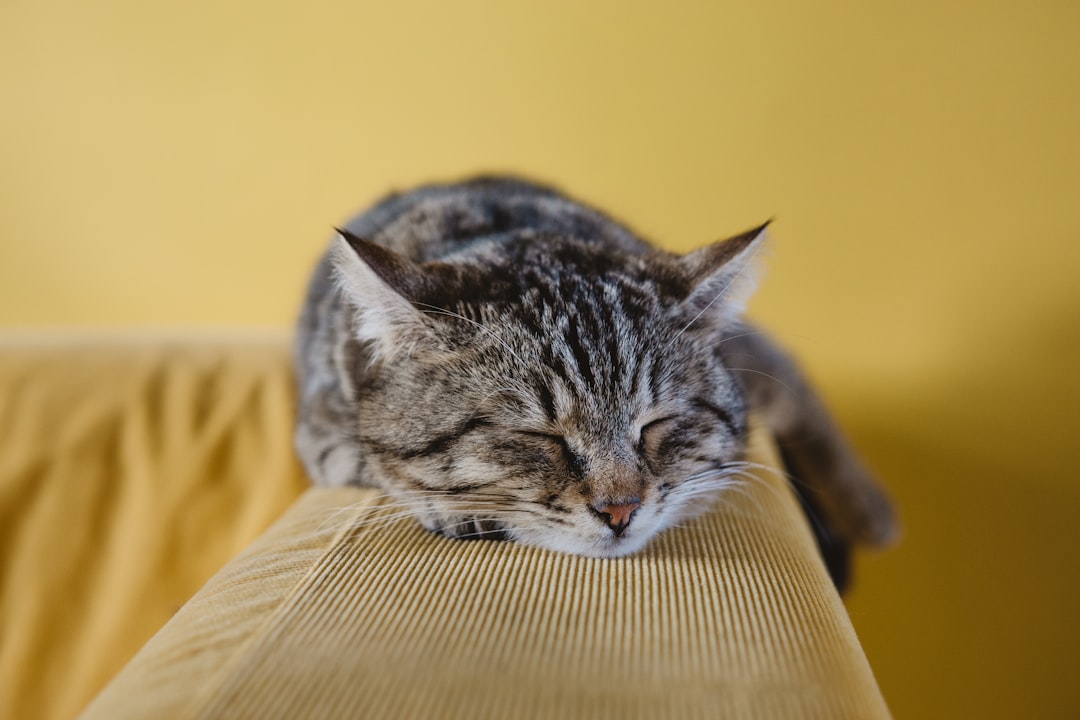
Conclusion: Why the British Longhair is a Beloved Companion
The British Longhair Cat truly captures the hearts of pet lovers with its stunning appearance and affectionate nature. Here are a few reasons why these cats make such wonderful companions:
Affectionate Nature: British Longhairs thrive on human interaction and can form strong bonds with their owners. They enjoy being part of the family and often seek cuddles and companionship.
Gentle Temperament: Known for their calm demeanor, British Longhair Cats are great with children and other pets. Their easygoing attitude makes them a perfect fit for busy households.
Low Maintenance: Although they have a luxurious coat, their grooming needs are manageable. Regular brushing helps keep their fur shiny and free from tangles, making care simple.
Intelligent and Playful: These cats are not only beautiful but also smart. British Longhairs enjoy interactive play, keeping both them and their owners engaged.
In summary, the British Longhair Cat combines elegance and affection, making it a beloved companion for many. Their charming personality and easy care make them a joy to live with, ensuring they hold a special place in the hearts of cat enthusiasts everywhere.
Frequently Asked Questions
What are the key characteristics of the British Longhair cat?
The British Longhair cat is known for its distinct physical traits, including a plush, dense coat that offers an air of sophistication and elegance. They typically feature a broad, rounded head, large eyes that exude warmth and intelligence, and a sturdy body structure that adds to their imposing presence. Their coat comes in various colors and patterns, yet the most notable aspect is its soft texture and volume, which fosters an inviting and huggable appearance.
How is the temperament of the British Longhair cat described?
The British Longhair cat is celebrated for its gentle and affectionate temperament, making it an ideal companion for families and individuals alike. These cats are known to be calm, easygoing, and very social, often forming strong bonds with their human family members. They typically exhibit a playful yet laid-back demeanor, displaying curiosity about their surroundings without being overly demanding of attention. This balanced temperament allows them to adapt to various living situations, whether it’s a bustling home or a quieter environment.
What kind of care do British Longhair cats require?
Caring for a British Longhair cat involves regular grooming due to their thick fur, which can mat easily without proper attention. Owners should aim to brush their cat’s coat at least once a week to remove loose hair and prevent matting, while also monitoring for any signs of skin issues. Routine veterinary check-ups, high-quality cat food, and regular playtime are essential to maintain their health and happiness. Additionally, providing them with a stimulating environment is crucial, as they thrive on interaction and mental engagement to keep boredom at bay.
Are British Longhair cats suitable for families with children or other pets?
Yes, British Longhair cats are often well-suited for families with children and other pets. Their gentle nature and affectionate disposition allow them to coexist harmoniously with various household members. They are generally tolerant of children’s antics and can develop close relationships with siblings. When introducing them to other pets, particularly cats or dogs, it is advisable to do so gradually, ensuring a comfortable and safe space for all animals involved. This approach helps foster a peaceful and friendly cohabitation.

